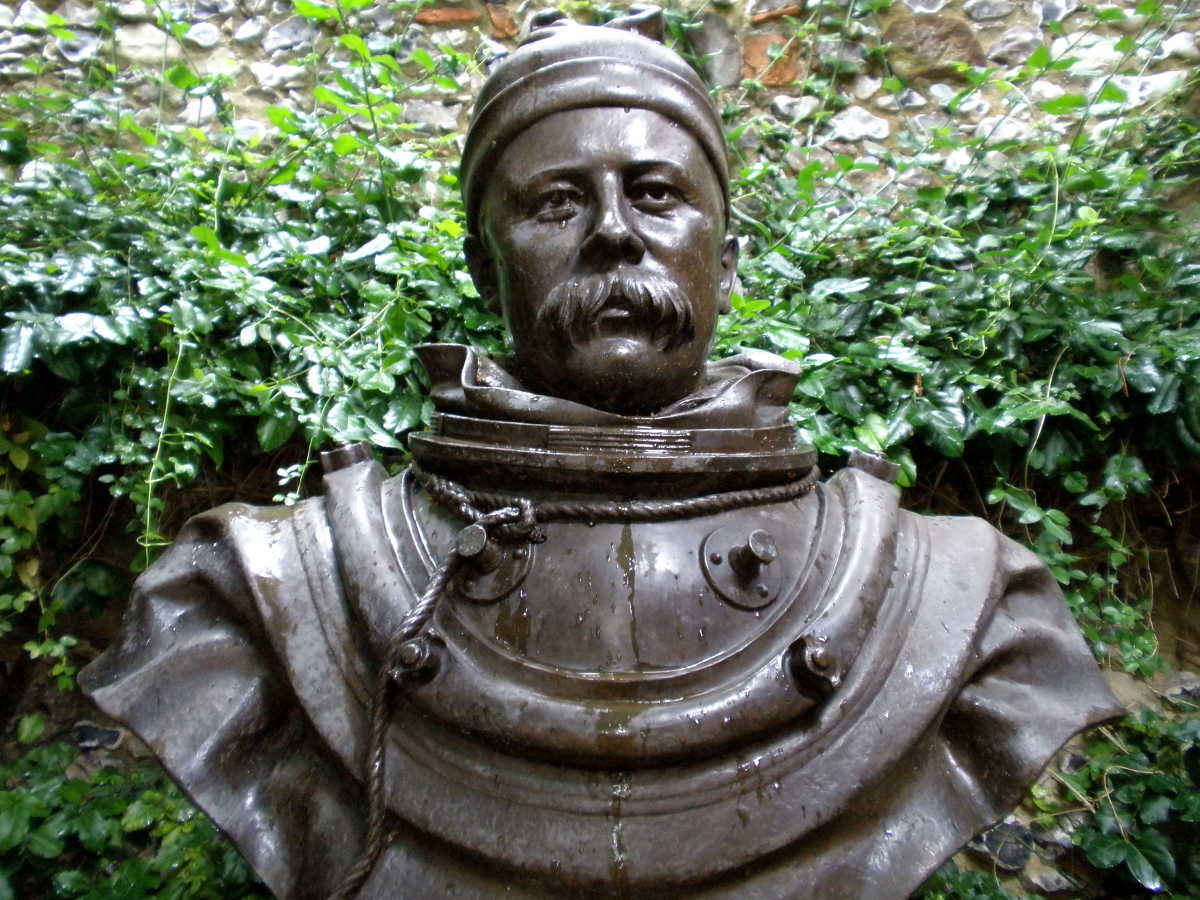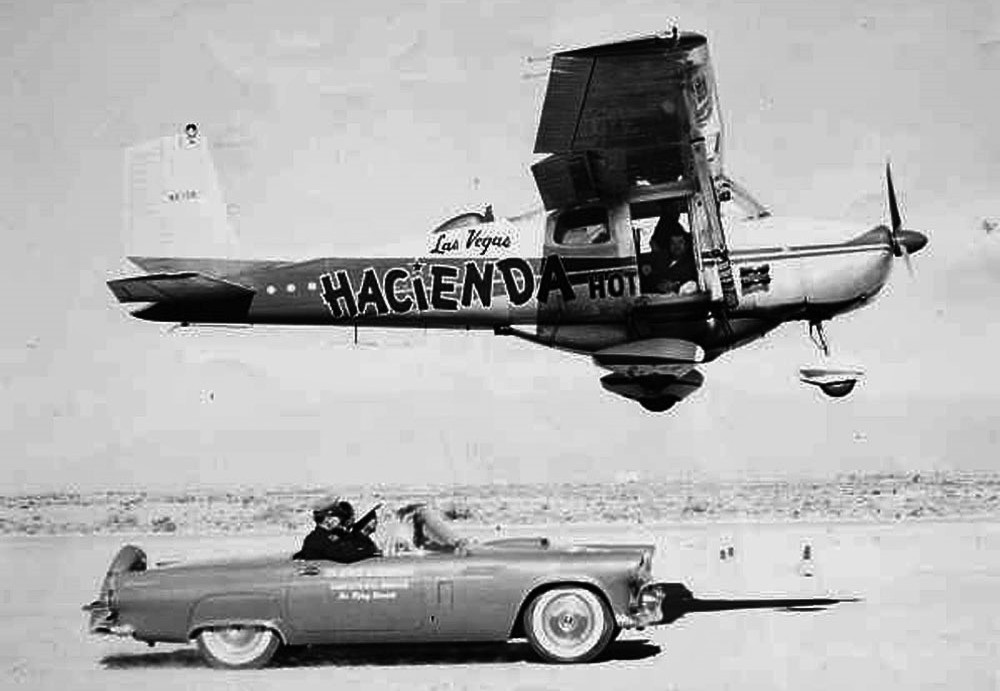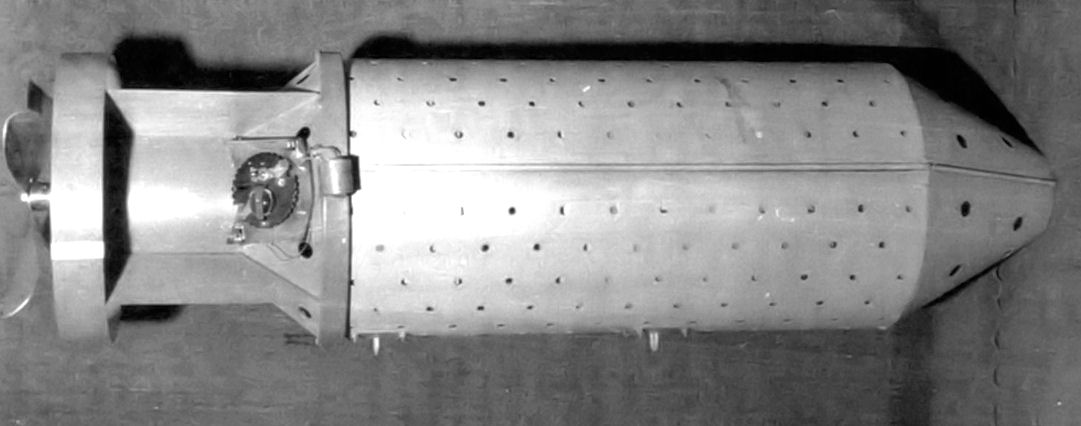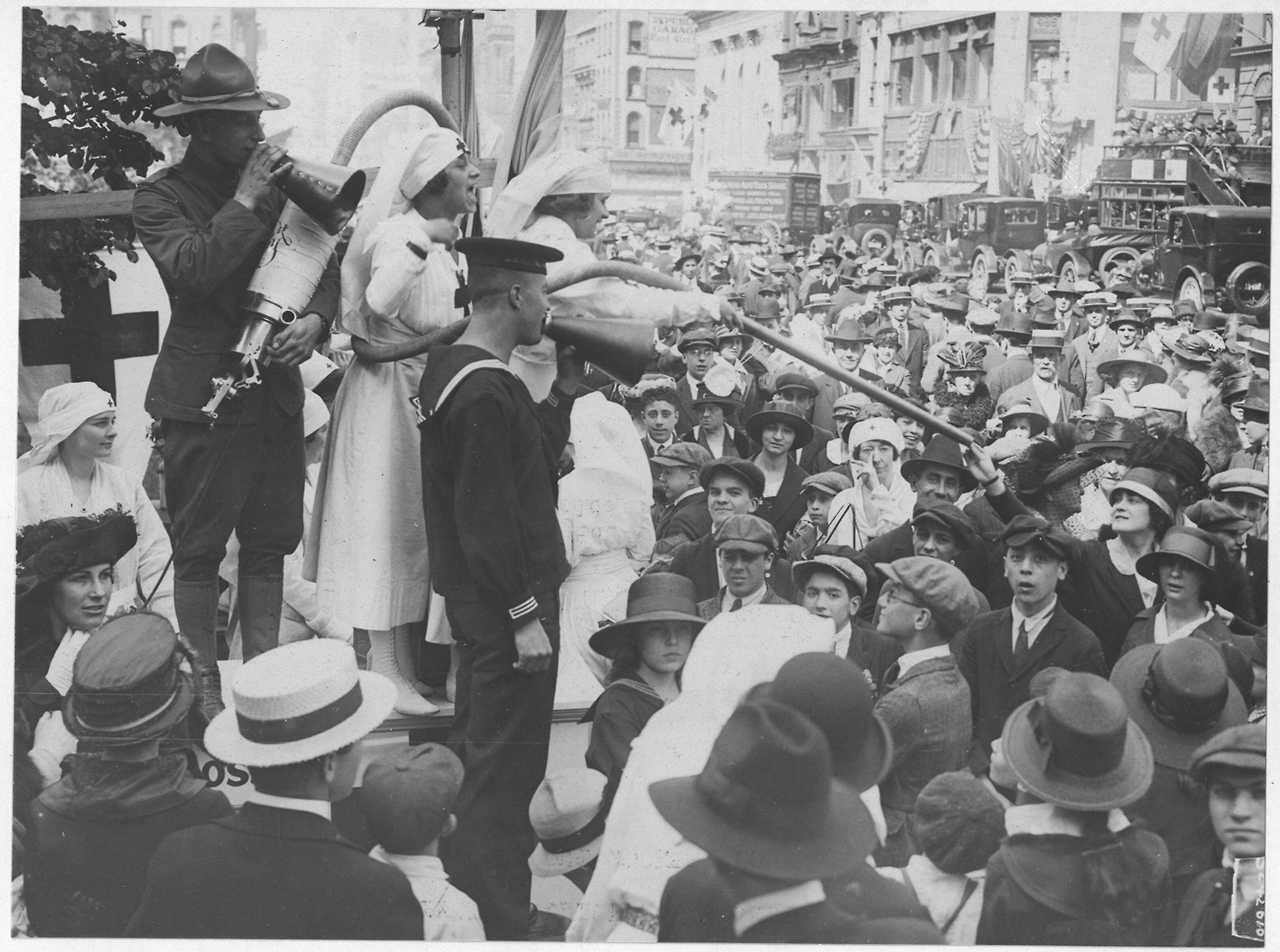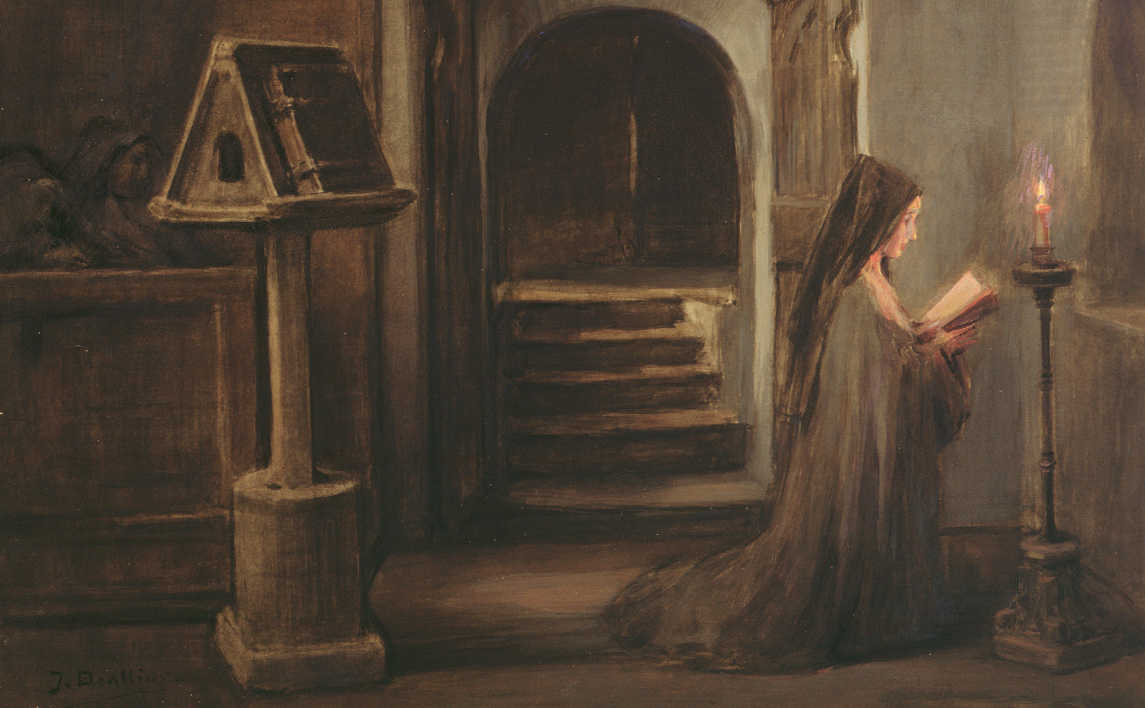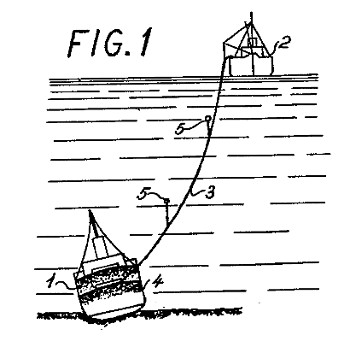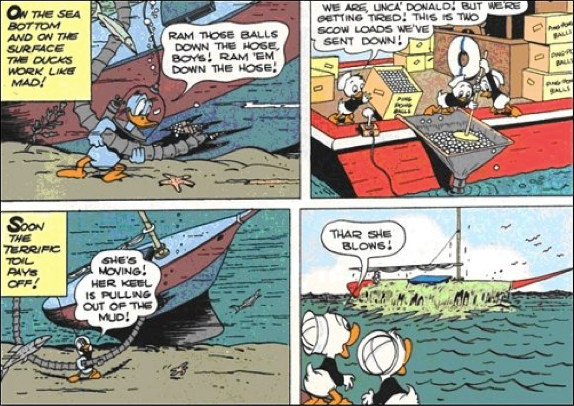
In 2017 research scientist Janelle Shane tried to train a neural network to name kittens:
Jeckle
Elbent
Jenderina
Roober
Snorp
Snox Boops
Cylon
Sookabear
Jexley Pickle
Toby Booch
Snowpie
Big Wiggy Bool
Mr Whinkles
Licky Cat
Mr Bincheh
Maxy Fay
Mr Gruffles
Liony Oli
Lingo
Conkie
Lasley Goo
Marvish
Mag Jeggles
Corko
Maggin
Mcguntton
Mara Tatters
Mush Jam
Tilly-Mapper
Mr. Jubble
Mumcake
Muppin
Bonus: At one point she accidentally trained the network on a dataset of character names from Tolkien, George R.R. Martin, and other fantasy authors and got Jarlag, Mankith, Andend of Karlans, and Mr. Yetheract. See the full list.

